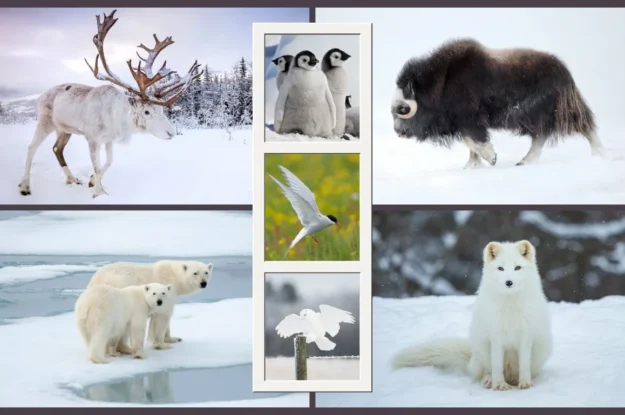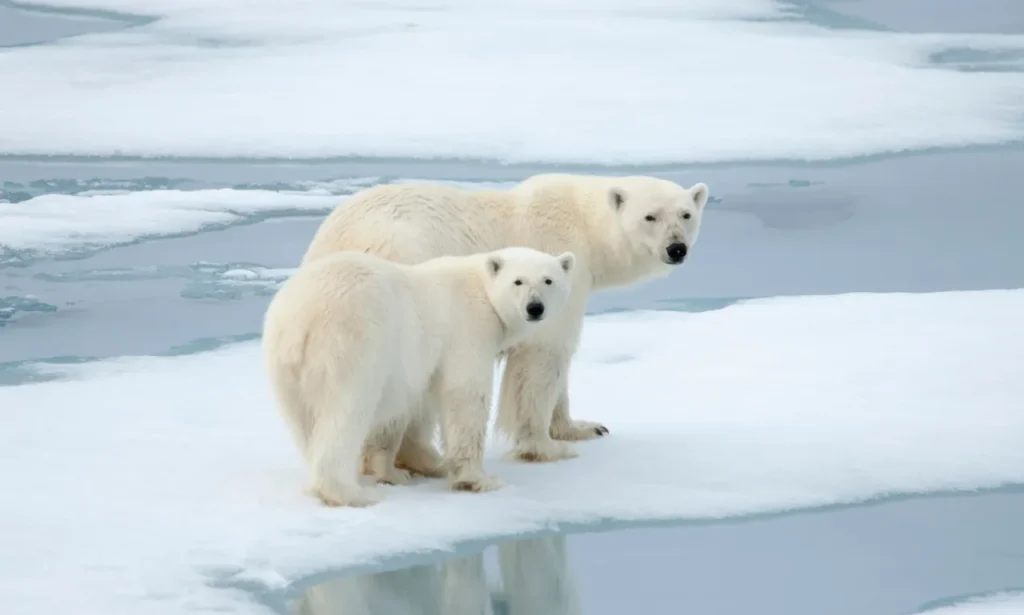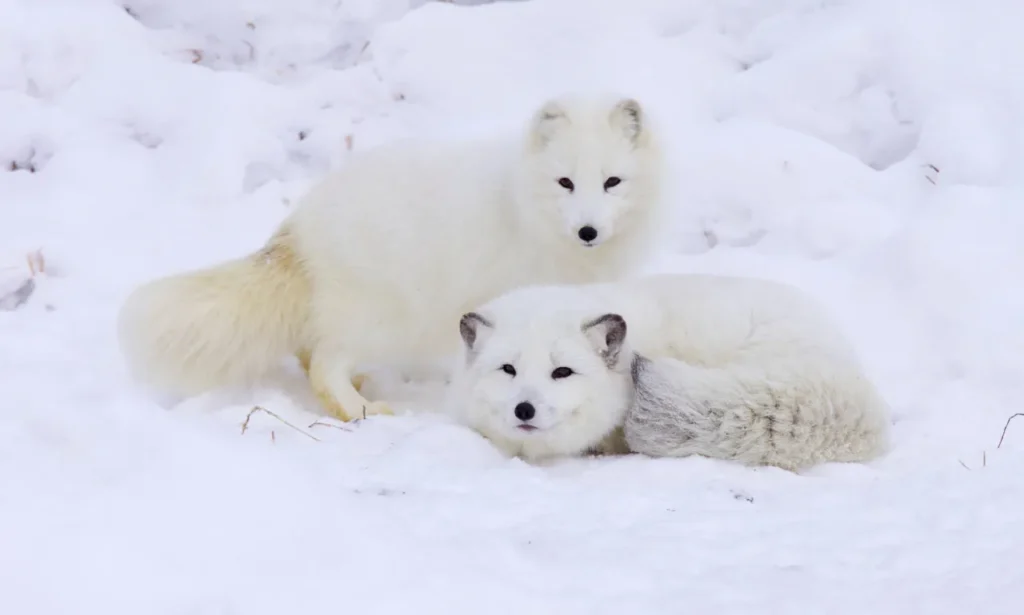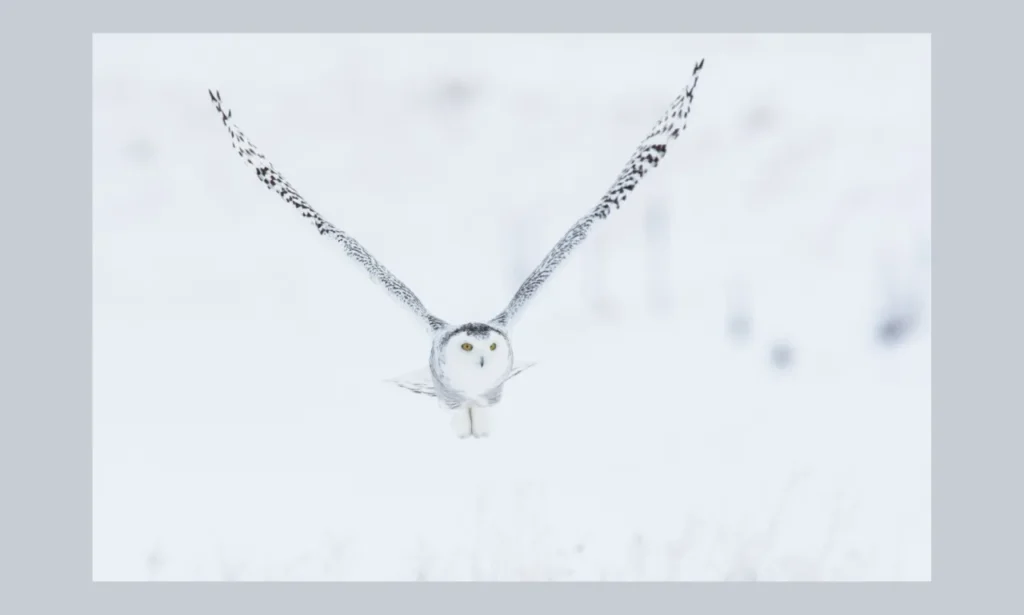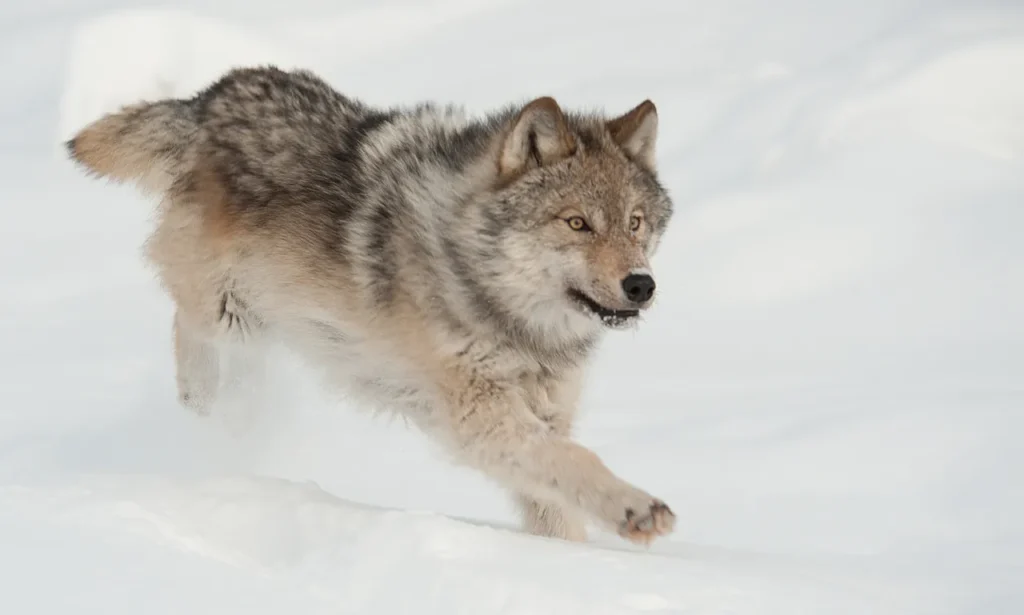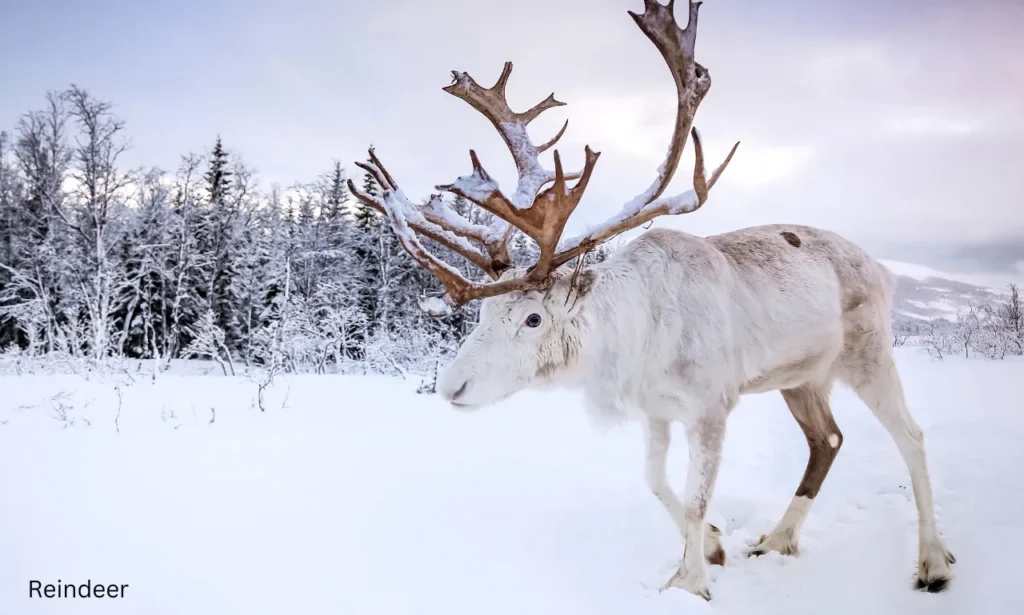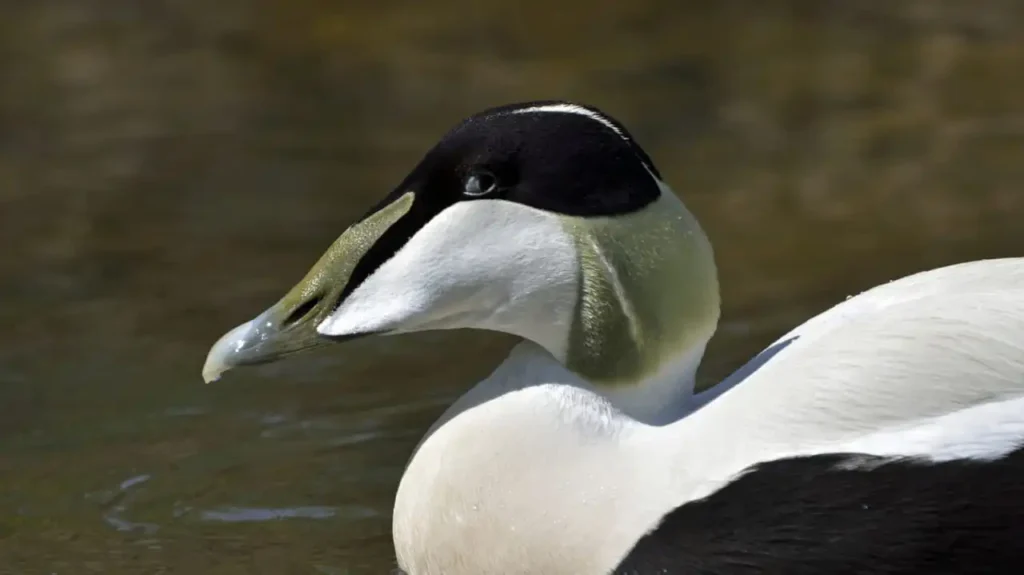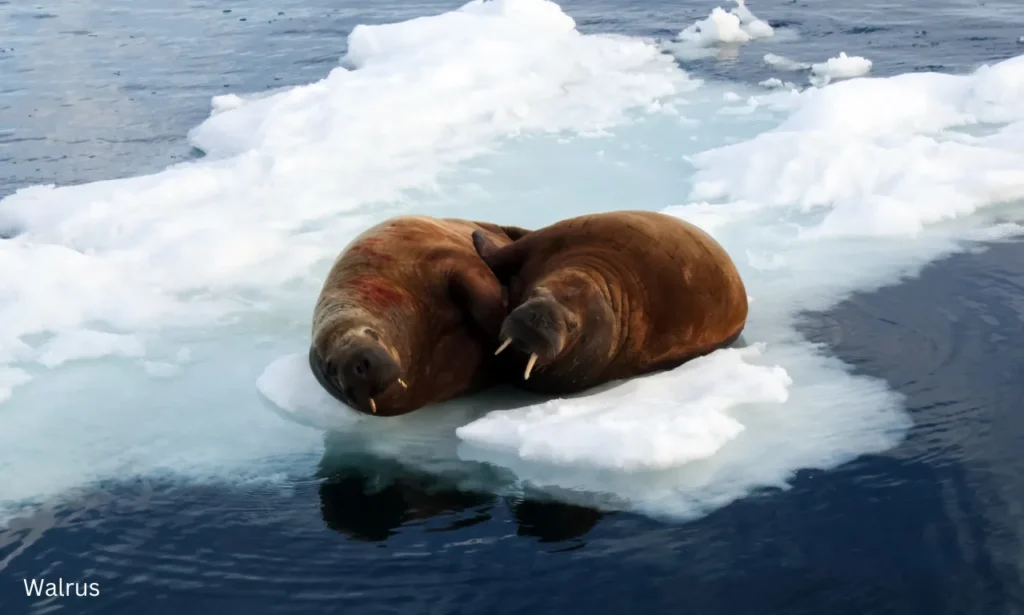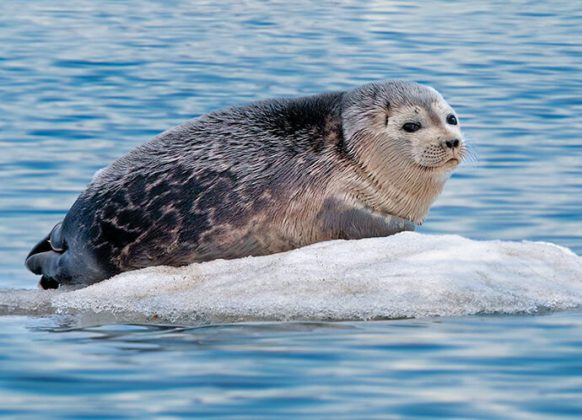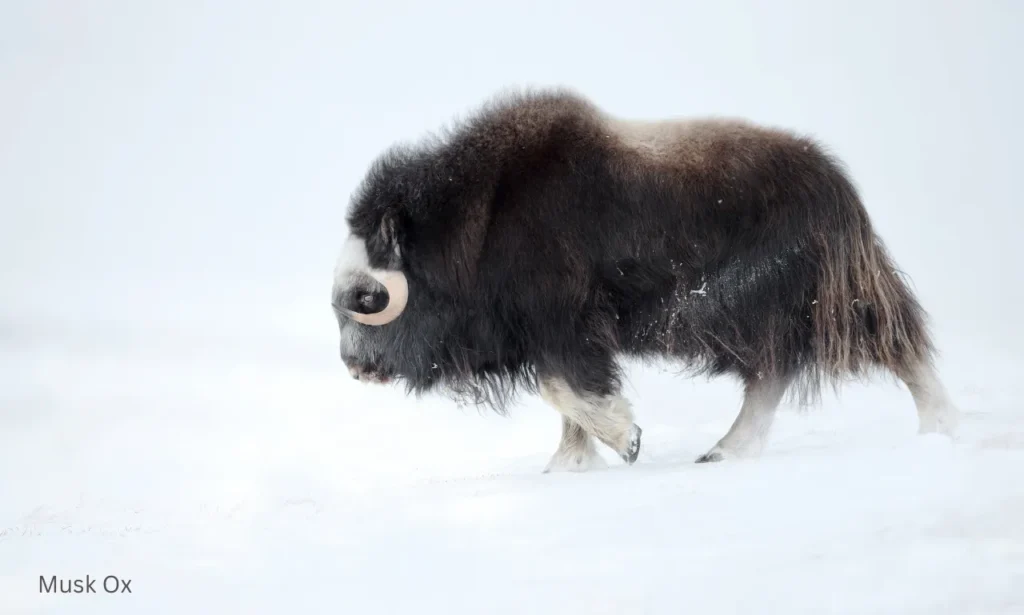10 of the best things to do in Stowe, Vermont: Ultimate Guide
The best time to visit Stowe, Vermont
The best time to visit Stowe, Vermont, depends on what you want to experience. Each season offers its own charm, so plan according to your interests!

Winter (December to March): Ideal for skiing, snowboarding, and winter sports at Stowe Mountain Resort.
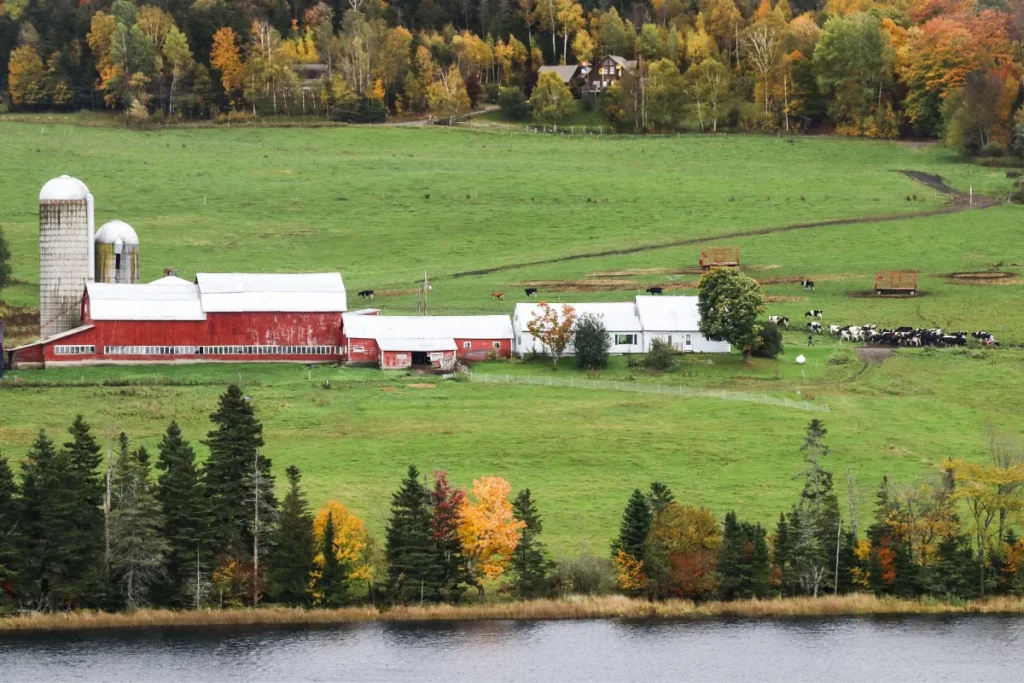
Summer (June to August): Perfect for hiking, biking, and exploring the scenic outdoors with warm weather and clear skies.
;/

Fall (September to October): A top time to visit for the stunning fall foliage, local festivals, and crisp mountain air.
Spring (April to May): A quieter time with blooming landscapes, but some outdoor activities may be limited.
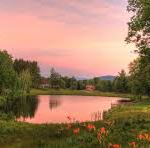
Things to do in Stowe, Vermont
1. Ski and Snowboard at Stowe Mountain Resort
Nestled in the picturesque Green Mountains of Vermont, Stowe Mountain Resort is a premier destination for outdoor enthusiasts and families seeking year-round adventure. Known for its world-class skiing and snowboarding, the resort is a haven for winter sports lovers, offering over 116 trails that cater to all skill levels. In addition to skiing, Stowe boasts scenic hiking trails, zip-lining, and the chance to explore Mount Mansfield, Vermont’s highest peak, during the warmer months. The resort combines luxury and nature, featuring upscale accommodations, fine dining, and a relaxing spa.
Visitors can glide down the pristine slopes in winter, while summer brings golf, hiking, and mountain biking opportunities. Its gondola rides offer panoramic views of the surrounding mountains, making it a great spot for sightseeing. Stowe Mountain Resort is renowned for its outdoor activities and commitment to sustainability, preserving Vermont’s natural beauty.
Stowe Mountain Resort – Visitor Information Table
| Location | Stowe, Vermont, USA |
| Best Time to Visit | December to March for skiing; June to September for summer activities |
| Best For | Skiers, snowboarders, hikers, families, nature lovers |
| Opens | Year-round, with ski season typically running from November to April |
| Pro Tip | Book lift tickets in advance during peak season to avoid long waits. Gondola rides offer stunning views of Mount Mansfield. |
| Official Link | www.stowe.com |
| Contact Details | Phone: +1-802-253-3000 / Email: info@stowe.com |
| Additional Info | On-site lodging, equipment rentals, ski schools, and kids’ programs are available. |
Stowe Mountain Resort provides a blend of adventure, relaxation, and natural beauty, making it an ideal getaway for outdoor enthusiasts year-round.
2. Ben & Jerry’s Factory Tour
An iconic ice cream brand began in a renovated gas station in Burlington, Vermont, in 1978. Ben & Jerry’s is known for its delicious and inventive ice cream flavors like Cherry Garcia and Chunky Monkey, Ben & Jerry’s is known for its rich taste and quirky style. But beyond the creative flavors, the brand is also deeply committed to social causes, including environmental sustainability, climate justice, and fair trade practices. A visit to their Waterbury Factory offers ice cream lovers a chance to see the production process firsthand, complete with a fun and informative factory tour.
Visitors can enjoy free samples at the Waterbury location, explore the Flavor Graveyard (where retired flavors rest in peace), and indulge in their favorite scoops at the scoop shop. The family-friendly factory tour provides an inside look at how this global brand creates its legendary flavors while staying committed to its core values of social responsibility and environmental activism.
Ben & Jerry’s – Visitor Information Table
| Location | 1281 Waterbury-Stowe Road, Waterbury, Vermont, USA |
| Best Time to Visit | Year-round, but summer and fall offer the best weather for outdoor exploration |
| Best For | Ice cream lovers, families, and socially-conscious travelers |
| Opens | Year-round (tour schedules may vary, check ahead) |
| Pro Tip | Visit the Flavor Graveyard after your tour for a fun and nostalgic walk through Ben & Jerry’s history. Reserve your factory tour in advance, as it can get crowded, especially in summer. |
| Official Link | www.benjerry.com |
| Contact Details | Phone: +1-802-882-1240 / Email: tours@benjerry.com |
| Additional Info | Factory tours, scoop shop, free samples, Flavor Graveyard, and seasonal outdoor activities |
3. Hike Mount Mansfield
Mount Mansfield, the highest peak in Vermont, stands at 4,393 feet and is a must-visit destination for outdoor lovers. Located in the northern Green Mountains, it is part of Stowe Mountain Resort and offers various seasonal activities. The mountain is famous for its hiking trails, including the challenging Long Trail, which follows the ridge to the summit. In winter, Mount Mansfield transforms into a skiing and snowboarding paradise with some of the best slopes in the Northeast. The mountain’s summit offers spectacular 360-degree views, where visitors can see Lake Champlain and the Adirondack Mountains in New York.
Mount Mansfield is also home to a unique alpine tundra ecosystem, with rare plants and wildlife that are typically found in Arctic regions. This makes it an exciting destination for nature enthusiasts and hikers interested in Vermont’s natural heritage. For those seeking a more relaxed experience, Stowe’s gondola ride takes visitors to a scenic point just below the summit.
Mount Mansfield – Visitor Information Table
| Location | Stowe, Vermont, USA (within Stowe Mountain Resort) |
| Best Time to Visit | June to October for hiking; December to March for skiing |
| Best For | Hikers, nature lovers, skiers, snowboarders, photographers |
| Height | 4,393 feet (1,339 meters) |
| Pro Tip | Hike early in the morning for fewer crowds and clearer views. The alpine tundra at the summit is fragile—stay on marked trails to protect it. |
| Official Link | www.stowe.com |
| Contact Details | Phone: +1-802-253-3000 / Email: info@stowe.com |
| Additional Info | Scenic gondola rides, on-site accommodations, and guided hikes are available. |
Mount Mansfield’s breathtaking views and diverse activities make it a top attraction for anyone visiting Vermont. Whether hiking to the summit or skiing down its slopes, the mountain promises unforgettable experiences in nature.
4. Explore Stowe Recreation Path
The Stowe Recreation Path is a 5.3-mile multi-use trail that winds its way from the village of Stowe to the base of the mountains. Perfect for walking, jogging, or biking, the path offers stunning views of the mountains, forests, and meadows as it crosses over scenic bridges and streams.
Whether you’re looking for a relaxing walk or a longer bike ride, this easy-to-navigate path is ideal for visitors of all ages and abilities. In the winter, the path transforms into a cross-country skiing and snowshoeing trail, providing a serene backdrop of snow-covered trees and quiet landscapes.
Stowe Recreation Path – Visitor Information Table
| Location | Starts in Stowe Village and runs parallel to Mountain Road |
| Best Time to Visit | May to October for walking/cycling, December to March for snowshoeing and skiing |
| Best For | Families, cyclists, walkers, joggers, and cross-country skiers |
| Opens | Year-round (activities vary by season) |
| Pro Tip | Pack a picnic and stop along the way at one of the many scenic spots. Bike rentals are available at local shops. |
| Official Link | www.gostowe.com |
| Contact Details | Phone: +1-802-253-7321 |
| Additional Info | Wheelchair accessible, stroller-friendly, and pet-friendly |
5. Visit the Trapp Family Lodge
The Trapp Family Lodge is a unique Austrian-inspired mountain resort with deep roots in Vermont’s history. Established by the family that inspired the classic film The Sound of Music, the lodge is nestled on 2,500 acres of beautiful hillside meadows and forests. Visitors can tour the property to learn about the family’s history, stroll the scenic grounds, or indulge in some Austrian-style cuisine at the lodge’s restaurant.
The lodge offers outdoor activities year-round, including cross-country skiing, hiking, and mountain biking. For a relaxing experience, enjoy a beer at the on-site brewery or unwind at the spa.
Trapp Family Lodge – Visitor Information Table
| Location | 700 Trapp Hill Road, Stowe, Vermont, USA |
| Best Time to Visit | Year-round |
| Best For | History buffs, nature lovers, cross-country skiers, and mountain bikers |
| Opens | Year-round |
| Pro Tip | Don’t miss a visit to the Trapp Brewery for a taste of the lodge’s own craft beers, brewed on-site. |
| Official Link | www.trappfamily.com |
| Contact Details | Phone: +1-802-253-8511 / Email: info@trappfamily.com |
| Additional Info | Guided tours, cross-country skiing, hiking, dining, and spa services available |
6. Relax at The Lodge at Spruce Peak
For those seeking luxury and comfort in the heart of the mountains, The Lodge at Spruce Peak offers a luxurious alpine resort experience. Nestled at the base of Mount Mansfield, this premier resort offers top-notch accommodations, fine dining, and a full-service spa. Whether you’re coming for a ski getaway in the winter or a relaxing summer retreat, the lodge provides easy access to a wide array of outdoor activities.
The resort also offers gondola rides, golf courses, and family-friendly activities like hiking, fishing, and cultural events throughout the year.
The Lodge is also an eco-conscious hotel built to LEED standards for sustainability.
The Lodge at Spruce Peak – Visitor Information Table
| Location | 7412 Mountain Road, Stowe, Vermont, USA |
| Best Time to Visit | Year-round |
| Best For | Luxury travelers, families, couples, and outdoor enthusiasts |
| Opens | Year-round |
| Pro Tip | Book in advance for ski season or summer months, as it’s a popular resort. Don’t miss a ride on the Stowe Gondola for breathtaking views. |
| Official Link | www.sprucepeak.com |
| Contact Details | Phone: +1-802-282-4625 / Email: reservations@sprucepeak.com |
| Additional Info | Ski-in/ski-out access, golf, spa, dining, and eco-friendly amenities available |
7. Explore Smugglers’ Notch State Park
Smugglers’ Notch State Park is a popular outdoor destination just a short drive from Stowe. This scenic park is named after its winding, narrow mountain pass historically used by smugglers during the 1800s. The park offers fantastic hiking opportunities, with trails leading through dense forests, past waterfalls, and up to breathtaking viewpoints overlooking the mountains.
Smugglers’ Notch is also a great spot for rock climbing and exploring the unique geological features of the region. The area transforms into a popular spot for snowshoeing and backcountry skiing in the winter.
Smugglers’ Notch State Park – Visitor Information Table
| Location | 6443 Mountain Road, Stowe, Vermont, USA |
| Best Time to Visit | May to October for hiking, December to March for winter sports |
| Best For | Hikers, rock climbers, and winter sports enthusiasts |
| Opens | Year-round (seasonal activities) |
| Pro Tip | Plan your hike early in the day to avoid crowds, especially during peak foliage season in the fall. |
| Official Link | www.vtstateparks.com |
| Contact Details | Phone: +1-802-253-4014 |
| Additional Info | Rock climbing, hiking trails, picnic areas, and scenic drives available |
8. Sample Local Goods at Stowe Farmers Market
The Stowe Farmers Market is the perfect place to experience Vermont’s local culture and support small businesses. Every Sunday from late spring through mid-fall, the market showcases diverse local products, including fresh produce, artisanal cheeses, baked goods, and handcrafted items.
Visitors can enjoy live music, sample delicious farm-to-table foods, and browse unique crafts like pottery and textiles. It’s a great stop for those looking to pick up souvenirs or simply enjoy a relaxed afternoon exploring the best of what Vermont’s local artisans and farmers have to offer.
Stowe Farmers Market – Visitor Information Table
| Location | 2043 Mountain Road, Stowe, Vermont, USA |
| Best Time to Visit | Late May to mid-October (open Sundays) |
| Best For | Foodies, craft lovers, families, and anyone seeking local Vermont products |
| Opens | Sundays, 10:30 AM to 3:00 PM |
| Pro Tip | Arrive early for the freshest produce and handmade goods. Some vendors may only accept cash, so come prepared. |
| Official Link | www.stowefarmersmarket.com |
| Contact Details | Email: info@stowefarmersmarket.com |
| Additional Info | Live music, local crafts, and farm-to-table ready-to-eat meals available |
9. Visit the Vermont Ski and Snowboard Museum
For a deep dive into the rich history of skiing and snowboarding in Vermont, the Vermont Ski and Snowboard Museum is a must-visit. Located in downtown Stowe, the museum features exhibits showcasing vintage ski equipment, historic photographs, and memorabilia that tell the story of Vermont’s pivotal role in winter sports.
The museum also offers rotating exhibits on snowboarding, ski technology, and the state’s famous ski resorts. It’s a great stop for history buffs and winter sports enthusiasts who want to learn more about the evolution of skiing and snowboarding in the Green Mountain State.
Vermont Ski and Snowboard Museum – Visitor Information Table
| Location | 1 South Main Street, Stowe, Vermont, USA |
| Best Time to Visit | Year-round |
| Best For | History lovers, skiing enthusiasts, and snowboarding fans |
| Opens | Year-round (hours vary by season) |
| Pro Tip | Check the museum’s calendar for special events and rotating exhibits highlighting key skiing moments. |
| Official Link | www.vtssm.com |
| Contact Details | Phone: +1-802-253-9911 / Email: info@vtssm.com |
| Additional Info | Exhibits, memorabilia, rotating displays, and gift shop |
10. Zipline Adventure at ArborTrek
For a thrilling outdoor experience, head to ArborTrek Canopy Adventures for a ziplining tour through the forests of northern Vermont. Located just outside Stowe, this adventure park offers zipline tours that take you above the trees, providing an adrenaline-pumping way to explore the area’s natural beauty.
The course features multiple ziplines, suspension bridges, and rappels. ArborTrek also offers treetop obstacle courses, perfect for families looking for a fun and active day out. Whether you’re an experienced zipliner or trying it for the first time, ArborTrek offers a memorable adventure for all ages.
ArborTrek Canopy Adventures – Visitor Information Table
| Location | 1239 Edwards Road, Jeffersonville, Vermont, USA |
| Best Time to Visit | May to October |
| Best For | Adventure seekers, families, and outdoor enthusiasts |
| Opens | Year-round (ziplining season May to October) |
| Pro Tip | Book your zipline tour in advance, especially during peak summer months. Wear sturdy shoes and comfortable clothing for the best experience. |
| Official Link | www.arbortrek.com |
| Contact Details | Phone: +1-802-644-9300 / Email: info@arbortrek.com |
| Additional Info | Ziplining, treetop obstacle courses, and guided tours are available |
Experience Local Culture at the Stowe Festivals
Stowe, Vermont, comes alive throughout the year with vibrant festivals that showcase the town’s love for culture, art, music, and the stunning natural environment. If you happen to visit during one of these events, you’re in for a treat. Here are three must-attend festivals that should be on your Stowe bucket list:
Stowe Winter Carnival (January)

The Stowe Winter Carnival is a beloved local tradition celebrating all things winter. This fun-filled event is held every January and transforms the town into a lively winter wonderland. From snow volleyball tournaments to ice carving competitions, the festival offers a wide range of activities for both kids and adults. There are also live music performances, themed parties, and plenty of opportunities to enjoy Stowe’s winter magic.
Stowe Jazz Festival (Fall)
Every fall, music lovers flock to the Stowe Jazz Festival to enjoy world-class performances by jazz artists from around the globe. This multi-day event brings the town a sophisticated yet relaxed vibe as various venues in and around Stowe offer free live performances. From soulful saxophone solos to upbeat brass bands, the festival provides a unique opportunity to enjoy live jazz in a beautiful mountain setting Foliage Arts Festival (October)

Stowe Foliage Arts Festival (October)

Fall in Vermont is famous for its vibrant colors, and there’s no better place to experience this than at the Stowe Foliage Arts Festival. Held every October, this festival combines the beauty of fall foliage with the charm of local arts and crafts. The event features over 150 exhibitors showcasing handmade items, from fine art and jewelry to photography and pottery. You can also enjoy live music, delicious local food, and demonstrations by artisans.
FAQs Section
- What is the best time to visit Stowe, Vermont?
The best time to visit depends on your interests. For skiing and snowboarding, visit from December to March. If you prefer hiking, sightseeing, and enjoying the outdoors, visit from June to August. For stunning fall foliage, September to October is ideal.
2. Is Stowe, Vermont family-friendly?
Absolutely! Stowe offers a range of activities suitable for families, including skiing, hiking, the Stowe Recreation Path, and family-oriented events like the Stowe Winter Carnival. There are also kid-friendly attractions like the Ben & Jerry’s Factory nearby.
3. How can I get around Stowe?
The best way to get around Stowe is by car. Public transportation options are limited, but the town is small enough that many attractions are within short driving distances. If you’re visiting during winter, be prepared for snowy road conditions.
4. Are there any pet-friendly accommodations in Stowe?
Many hotels, inns, and vacation rentals in Stowe welcome pets. Some outdoor activities, such as hiking trails, are also pet-friendly. Always check with accommodations for their specific pet policies.
5. What should I wear in Stowe, Vermont?
Stowe’s weather varies greatly by season, so dress accordingly. Bring warm layers, waterproof boots, and snow gear for skiing in winter. Pack lightweight clothing, hiking boots, and a rain jacket in summer. For fall, layers are key, as mornings and evenings can be chilly.
Practical Information
How to Get to Stowe, Vermont
- By Car: Stowe is approximately a 40-minute from Burlington, Vermont, via I-89. It’s about a 5.5-hour drive from New York City, while Boston is about 3 hours away. Driving is the most convenient option for accessing Stowe, as public transportation is limited.
- By Air: The nearest airport is Burlington International Airport (BTV), located about 40 miles from Stowe. You can rent a car or use a shuttle service to reach the town.
- By Bus: Greyhound and Megabus provide services to nearby towns like Waterbury, VT, where you can arrange a car rental or taxi for the final leg of your journey.
What to Pack
- Winter (Dec-Mar): Wear insulated clothing, waterproof winter boots, gloves, hats, and layers for skiing or snowboarding. Also, remember sunglasses or goggles to protect from the bright sun and snow glare.
- Summer (Jun-Aug): Lightweight clothing, hiking boots, sunscreen, insect repellent, a hat, and a reusable water bottle. A rain jacket is advisable for occasional showers.
- Fall (Sep-Oct): Layers including sweaters, a jacket for chilly mornings and evenings, comfortable shoes or boots for walking, and a camera to capture the vibrant fall foliage.
- Spring (Mar-May): Transitional clothing layers, including waterproof jackets and shoes, as the weather can be unpredictable.
Where to Eat
- Harrison’s Restaurant & Bar: A local favourite for cosy dinners featuring farm-to-table cuisine. The menu ranges from seafood to hearty steaks.
- Doc Ponds: Known for its casual atmosphere and extensive craft beer selection, Doc Ponds serves comfort food like burgers, wings, and mac & cheese.
- The Alchemist Brewery: Beer lovers must visit The Alchemist Brewery. There, they can taste their iconic Heady Topper IPA and other locally brewed beers.
- Butler’s Pantry: A great spot for breakfast or brunch with classic dishes like pancakes, omelettes, and locally sourced Vermont maple syrup.
Where to Stay
- The Lodge at Spruce Peak: A luxury resort with ski-in/ski-out access, upscale accommodations, a spa, and fine dining. It’s perfect for those looking for a high-end experience in Stowe.
- Trapp Family Lodge: This Austrian-inspired resort offers beautiful views, cross-country skiing trails, and a mix of cozy accommodations and fine dining.
- Green Mountain Inn: Located in the heart of Stowe Village, this historic inn offers a charming stay with modern amenities, a heated pool, and walking access to local shops and restaurants.
- Vacation Rentals: Stowe also offers a variety of Airbnb and vacation rentals, perfect for families or larger groups who want the comforts of home.
Conclusion
These top 10 activities highlight the best of Stowe, Vermont, making it an ideal destination for outdoor lovers, families, and anyone seeking adventure and relaxation. Whether skiing the slopes, hiking scenic trails, or enjoying local festivals and flavors, Stowe offers unforgettable experiences year-round, all set against the stunning backdrop of the Green Mountains.https://gostowe.com/stowe-information-essentials/
FAQs
1. What is the best time to visit Stowe, Vermont?
The best time to visit depends on your interests. For skiing and snowboarding, visit from December to March. If you prefer hiking, sightseeing, and enjoying the outdoors, visit from June to August. For stunning fall foliage, September to October is ideal.
2. Is Stowe, Vermont family-friendly?
Absolutely! Stowe offers a range of activities suitable for families, including skiing, hiking, the Stowe Recreation Path, and family-oriented events like the Stowe Winter Carnival. There are also kid-friendly attractions like the Ben & Jerry’s Factory nearby.
3. How can I get around Stowe?
The best way to get around Stowe is by car. Public transportation options are limited, but the town is small enough that many attractions are within short driving distances. If you’re visiting during winter, be prepared for snowy road conditions.
4. Are there any pet-friendly accommodations in Stowe?
Many hotels, inns, and vacation rentals in Stowe welcome pets. Some outdoor activities, such as hiking trails, are also pet-friendly. Always check with accommodations for their specific pet policies.
5. What should I wear in Stowe, Vermont?
Stowe’s weather varies greatly by season, so dress accordingly. In winter, bring warm layers, waterproof boots, and snow gear for skiing. In summer, pack lightweight clothing, hiking boots, and a rain jacket. For fall, layers are key, as mornings and evenings can be chilly.

